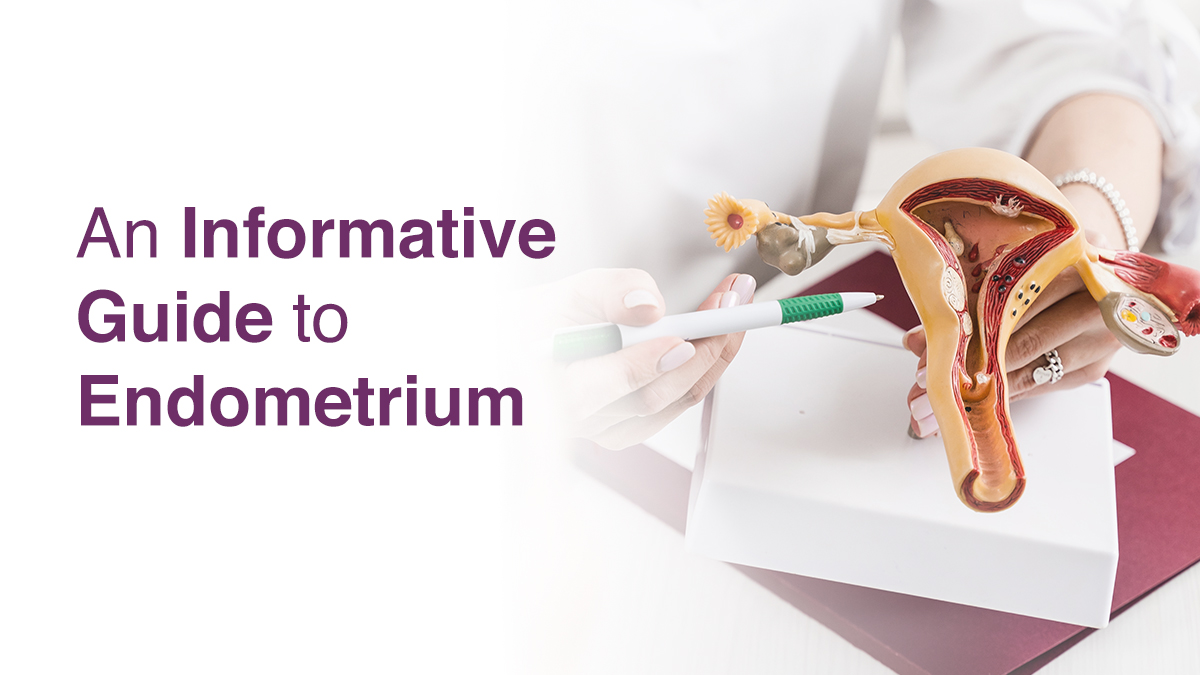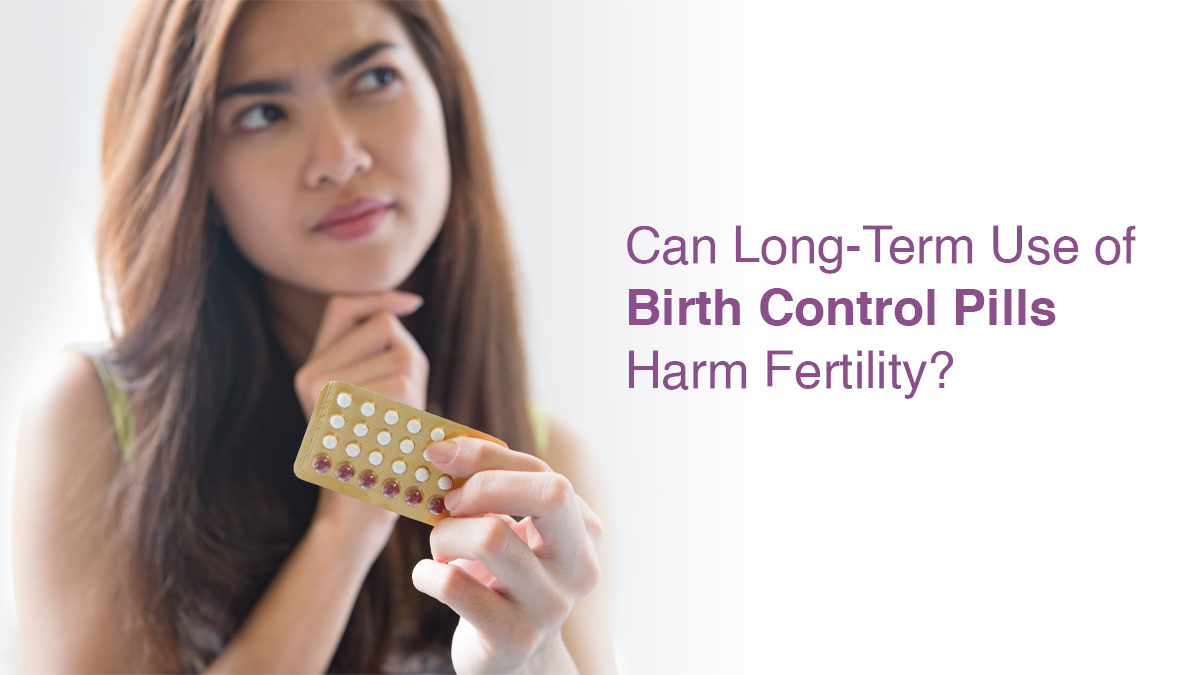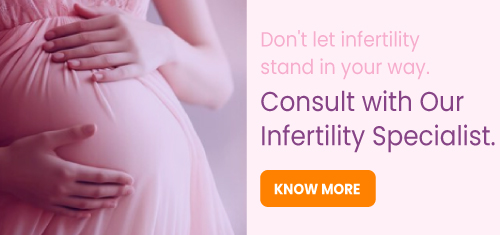
An Informative Guide to Endometrium

The reproductive system is extremely important for life to continue. The uterus forms the centerpiece of this system in women. The endometrium is the dynamic lining of the uterus, which varies through the menstrual cycle, is vital for fertility, pregnancy, and general reproductive health.
What Is the Endometrium?
The endometrium makes up the lining of the uterus and is the innermost layer of the uterus. Throughout the menstrual cycle, this tissue changes, both morphologically and functionally, based on hormone levels. This is an essential tissue for reproductive activities since it supports a possible pregnancy and thus enables embryo implantation among others.
Endometrium and the Menstrual Cycle
The uterine lining, or endometrium, is essential to the menstrual cycle. The endometrium thickens every month in anticipation of a possible pregnancy, influenced by hormones such as progesterone and estrogen. Menstruation results from endometrium shedding caused by a reduction in hormone levels in the absence of fertilisation. The appearance of new endometrium signals the start of your cycle. Each month, this process confirms that your body is ready to conceive. The health and balance of the uterine lining is important for pregnancy, as it affects your menstrual cycle and your ability to conceive.
Functions of the Endometrium
-
Menstrual Cycle Regulation:
It thickens in anticipation of a possible pregnancy and sheds in the absence of fertilisation in response to hormonal changes that take place during the menstrual cycle. This is one of the most essential endometrial functions.
-
Embryo Implantation:
The fertilised egg implants itself and develops in a nutrient-rich environment provided by the endometrium throughout pregnancy.
-
Pregnancy Support:
Prevents premature birth by secreting hormones such as progesterone, keeping the growing embryo and fetus in a favorable environment.
-
Protection and Repair:
After menstruation, the endometrium regenerates and protects the uterus from damage and infection.
Conditions Affecting the Endometrium
-
Endometrial Hyperplasia:
An overabundance of estrogen without the corresponding progesterone is frequently linked to abnormal endometrial thickness. It may raise the risk of endometrial cancer and cause irregular menstrual cycles.
-
Endometriosis:
Endometriosis is a condition that causes adhesions, discomfort, and inflammation when endometrial tissue grows outside the uterus. The endometrium‘s natural function may be impacted by endometriosis.
-
Endometrial Polyps:
Polyps are essentially the growth of abnormal tissue inside the uterine space. Although endometrial polyps are usually benign, they might affect fertility and result in irregular bleeding.
-
Uterine fibroids:
These are growths in the uterus that are not malignant but have the potential to cause uterine cavity distortion, which could impact fertility and the endometrial lining.
-
Asherman’s Syndrome:
It is the formation of adhesions, or scar tissue, inside the uterus, frequently because of surgery. Fertility issues and a decrease in endometrial thickness might result from Asherman’s syndrome.
-
Endometrial Cancer:
The unchecked cell proliferation in the endometrium may impact the endometrial layers’ typical structure and functionality. Postmenopausal women are more likely to experience it.
-
Endometrial Atrophy:
Due to lower estrogen levels, postmenopausal women frequently experience endometrial atrophy, which is a thinned uterine lining. It may result in pain during sexual activity, spotting, or dryness of the vagina.
-
Hormonal Imbalances:
The endometrium‘s thickness and receptivity can be impacted by conditions that cause imbalances in the levels of estrogen and progesterone.
-
Age-Related Changes:
The endometrial layers might be impacted by normal ageing processes. Estrogen levels drop in postmenopausal women, which causes the uterine lining to shrink.
-
Infections or Inflammation:
The normal design of the endometrial layers might be disturbed by uterine infections or inflammatory diseases.
Diagnosing Endometrial Conditions
Usually, a combination of medical history, physical examination, and imaging tests like ultrasound are used to diagnose endometrial conditions. The lining may be examined for abnormalities including endometriosis, endometrial hyperplasia, endometrial cysts or malignancy using further techniques such endometrial biopsy, hysteroscopy, or MRI. Additional information on the illness may also be obtained through hormonal evaluations.
Endometrium and Fertility
Since endometrium creates the environment for embryo implantation, its health is essential to fertility. While problems like endometrial thinning, hyperplasia, or scarring can interfere with implantation and result in infertility, a thick, well-developed endometrial lining promotes conception. For the best endometrial function, hormone balance is essential.
Treatment Options for Endometrial Conditions
The best course of treatment for endometrial disorders depends on the type of issue. Conditions including endometriosis, hyperplasia, or irregular bleeding can be managed with the use of medications such as hormonal therapy (birth control, progesterone, or IUDs). Polyps, cysts, or scar tissue can be removed surgically using techniques including hysteroscopy, laparoscopy, or D&C. Heavy bleeding can be treated with endometrial ablation, which destroys the lining. Modifications to one’s diet and exercise routine may also help reduce symptoms. In vitro fertilisation (IVF) is one treatment that may be suggested for fertility issues.
When to Seek Medical Advice?
If you suffer from symptoms like irregular, heavy, or postmenopausal bleeding, pelvic pain, painful periods, trouble getting pregnant, or odd vaginal discharge, you should consult a doctor about endometrial problems. It’s crucial to see a doctor if endometrial diseases like cancer or endometriosis run in your family.
Conclusion
Reproductive health depends on the endometrium, so any abnormalities need to be treated right away. To get appropriate advice on how to increase endometrial lining and appropriate treatment options, including surgery, visit the Oasis Fertility Clinic near you. Additionally, you can use the live chat facility or call 1800-3001-1000 to get more details.


fill up the form to get a
Free Consultation
Avail 0% interest on EMI
All Procedures | No Upper Limit





